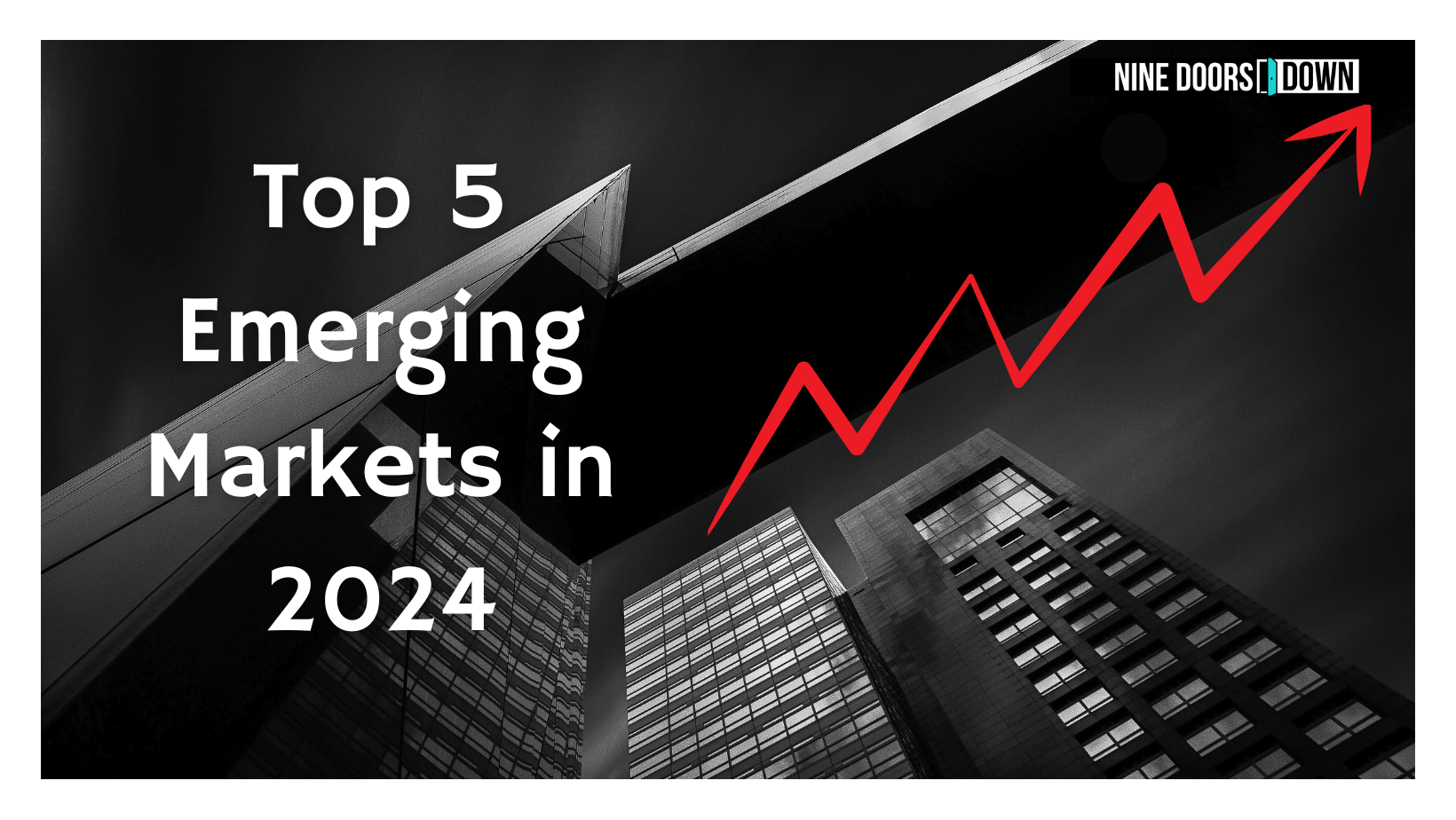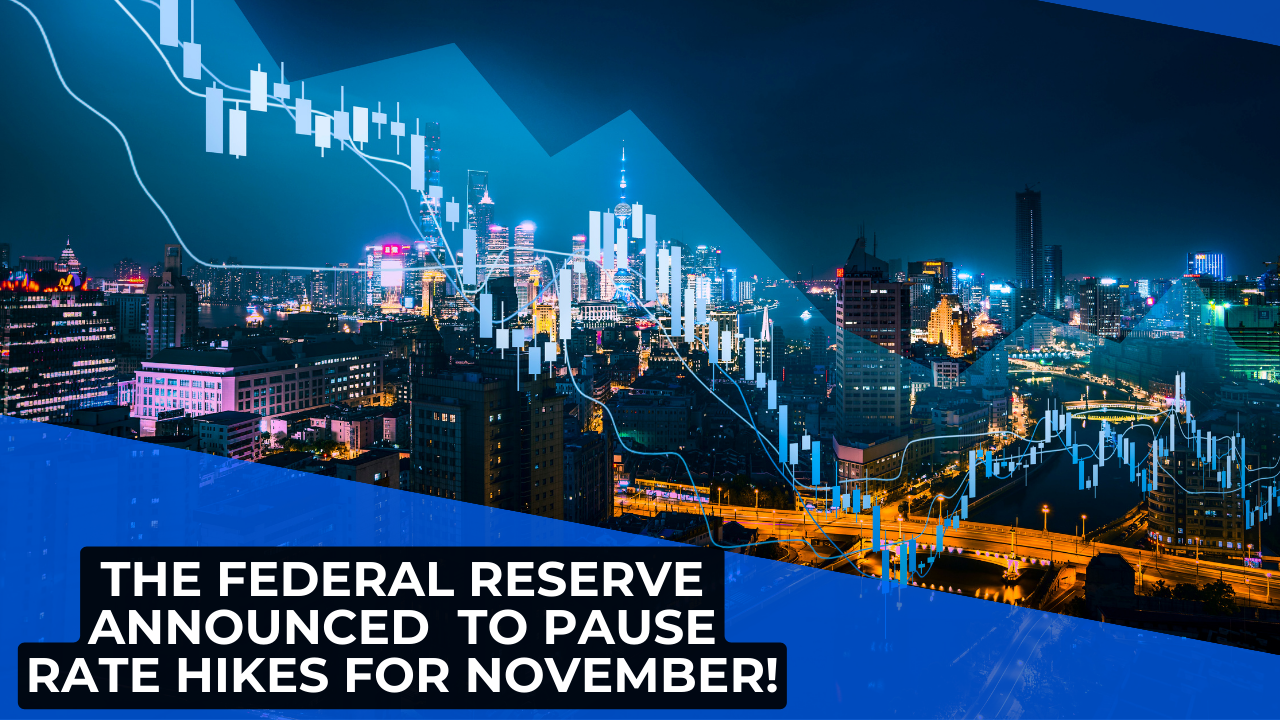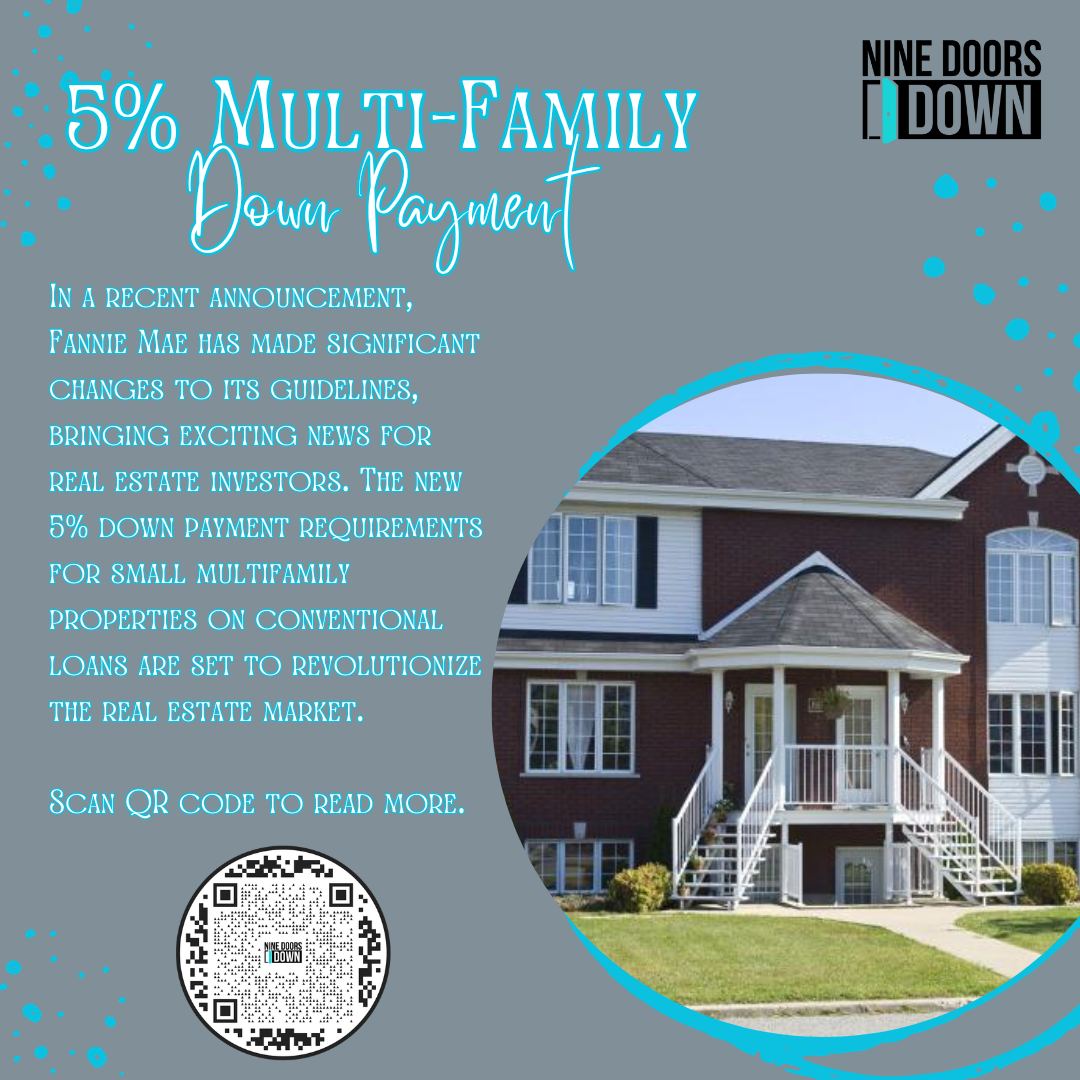For Apartment Investors, High Interest Rates Won’t Break the Bank
While some financing options are dwindling, multifamily fundamentals as a whole remain robust enough to keep money flowing to borrowers.
High interest rates might be demanding and stressful. Even when some investors are compelled to refinance lower interest loans with new, high-interest debt, experts don’t anticipate that rising interest rates would force many apartment investors into bankruptcy.
The National Multifamily Housing Council, situated in Washington, D.C., has a vice president of capital markets named Dave Borsos. “I don’t anticipate there will be a ton of defaults,” he adds.
In an effort to slow the rise in prices by making borrowing money more expensive, interest rates are at their highest point in years and are likely to rise a bit more.
The apartment industry has already found success with it. Investors are far less inclined to purchase brand-new apartment buildings as purchasers and sellers disagree on the appropriate cap rate given the current environment of increasing interest rates.
Kelli Carhart, head of multifamily debt production for CBRE, who is based at the company’s headquarters in Austin, Texas, explains that higher rates lower the amount of leverage a property can handle and reduce owners’ returns on investment. “While there isn’t a 1:1 ratio, as commercial mortgage rates rise, cap rates climb and values decline over time.”
At their meeting in September 2022, Federal Reserve officials increased their target range for the short-term Fed Funds rate by an additional 75 basis points, to 3.25 percent to 3.0 percent. When the coronavirus pandemic was in effect, that number was almost nil. Bond investors anticipate another 75-basis-point rate hike from the Fed in November, proving that the Fed is not yet finished.
In a prepared statement released on October 10, Fed Vice Chair Lael Brainard stated that the Federal Open Market Committee has indicated that policy rates will rise further. The assessment, however, “will take into account incoming data” since “we also will be learning as we go.”
Until Federal Reserve officials like Brainard judge that the rate of inflation has sufficiently decreased, interest rates will continue to climb. However, the most recent monthly figures still indicated an inflation rate over the previous year that was more than 8%. According to Carhart, “the Fed’s main focus is managing inflation.” “While a local or international disruption event could affect the trajectory of increases, the Fed is steadfast in its position to continue the trajectory of raises until 2022 to the tune of 150 basis points,” the statement reads.
The borrowing rates that apartment investors pay have already changed thanks to actions taken by the Fed.
The benchmark yield on U.S. Treasury bonds, which rose to 3.83 percent for 10-year notes on Thursday, October 6, down just slightly from 3.97 percent a few days earlier, serves as the basis for the majority of long-term fixed interest rates. The benchmark rate is now at its highest level since 2008, although it was previously much lower for almost all of 2020.
As a result, many apartment investors are now paying interest rates on new fixed-rate loans that are above 5% for the first time in years.
According to CBRE’s Carhart, the typical 10-year fixed mortgage last exceeded 5 percent 10 years ago. “Even so, historically speaking, the rate situation at the moment is not particularly bad. Due to historically low rates, we have benefited.
The good news for investors is that certain signals indicate that interest rate hikes may be coming to a halt, and leading indicators like shipping costs and commodity prices have been falling recently, suggesting that inflation may be about to slow.
According to Carhart, “the consensus among economists is that the 10-year will settle closer to 3 percent.” Investors seek safety in the 10-year in a downturn, with a recession predicted in the first quarter of 2023… That is customary conduct. If such projections come true, apartment property all-in coupon interest rates will be closer to 5%.
Sometimes refinancing can be difficult.
If investors need to refinance loans with fluctuating interest rates, they will face the most difficult situations. The worst-case situation, according to Borsos, is when a floating-rate loan matures but the property is unable to take on long-term permanent debt and must obtain a new floating-rate loan.
The amount of money that large, national banks lend to commercial real estate properties has decreased. The ability to make loans has also decreased significantly for private equity debt funds, which historically filled the gap for properties in need of finance.
According to NMHC’s Borsos, “Debt funds are now quite expensive—current all-in interest rates are often around 9 percent from a debt fund.”
If investors need to replace a long-term loan with fresh fixed-rate financing, it is significantly easier for them to do so. Fixed interest rates on older loans likely resemble those in effect now. Interest rates were probably at the same level as they are now five, six, or seven years ago, according to Borsos.
Interest rates are more likely to rise for properties that, for one reason or another, must refinance a more recent loan with a fixed interest rate. However, those more recent loans are probably less leveraged. People haven’t been using their properties as leverage lately, according to Borsos. In the past, homes with past-due loan payments frequently had high-leverage loans that covered 85% or 90% of the home’s worth. According to Borsos, “the majority of my members have been taking out 55 percent loans.” There is substantial equity there.
Apartment investments would certainly survive even if rates rise much more dramatically than anticipated in the fight against inflation, according to Borsos. He predicts that investors will fortify themselves as they wait for the stock markets to return to normal.
Things will come to a grinding halt, according to Borsos, if interest rates reach 9%. But people wouldn’t assume that rates would remain the same.
Investor commitment to their apartment assets is also likely to be maintained by the outstanding performance of multifamily properties.
“Multifamily’s underlying fundamentals remain solid, and returns have been outstanding. The cost to own versus rent has never been higher, yet housing is still undersupplied, according to CBRE’s Carhart. While there may be a brief lull, investors will feel secure investing in one of the finest inflation hedge asset classes as soon as market stability returns.








